President Trump: We're Negotiating With Finland to Buy Icebreakers (Again)
President Trump said nearly the same thing nearly five years ago. This time around, I'm more optimistic that a deal can be done. I'll believe it, though, when money starts changing hands.
This past Tuesday, June 25th, President Trump held a press conference as the NATO summit began. In response to a question from a Finnish journalist, President Trump said the following (bold is mine):
I want to buy ice breakers. You know you're very good at ice breakers. And I actually made him [Finnish President Alexander Stubb] an offer. I didn't go to Congress. They'll try and impeach me for this. But there's an old, it's not old, it's fairly new, but it's used icebreaker. And I offered him about one third of what he asked for. But we're negotiating, we need ice breakers in the US, and if we can get some inexpensively I'd like to do that. Actually they'll fix it up, make it good.
Also we may buy some ice breakers. You know that you make, you're the king of ice breakers that particular country they make them good, they make them really good and they know what they're doing. And so we're negotiating with them for about 15 different ice breakers. But one of them is available now it's old and it's, you know, old, it's like five six years old, and we're trying to buy it. I'm trying to make a good deal. All I do my whole life, my whole life that's all I do is make deals.
(click the image above to watch)
If fifteen sounds like a large number, recall that the U.S. Coast Guard currently has Requests for Information concerning the construction of twenty-one icebreakers: three Arctic Security Cutters, eleven Domestic Icebreaking Medium (DOMICE-M) vessels, and seven Domestic Icebreaking-Light (DOMICE-L) vessels. The desired construction timeline for these vessels is tight- 36 months from contract to launch of the first ASC, and 24 months from contract to launch of the first vessel for both the DOMICE-M and DOMICE-L vessels. And of course, the need for 3-4 Polar Security Cutters/Heavy Icebreakers has not gone away.
Let’s take a closer look at the two main items in the President’s statement: purchase of a ‘used’ icebreaker and construction of vessels for the U.S. Coast Guard in Finland.
Buy an Existing Used Icebreaker
Not Polaris…
Present Trump said that the used icebreaker under consideration is “like five, six years old.” By age, this would point to Finland’s newest icebreaker, Polaris (2016).
Polaris is a very capable icebreaker:
However, as others have pointed out, she is not suitable for polar operations. In a gCaptain article, our friend Malte Humpert used the following quote:
“It’s like offering my Miata to help someone transport their sofa when they are moving. Yes, it has four wheels, but…,” one industry analyst told gCaptain.
I think the analogy is meant to show that the vessels were built for different purposes. However, the purposes aren’t as different as a Miata and a moving truck. Polaris is an excellent icebreaker, as the above chart shows. But she is optimized for performance in the Baltic Sea with a bow Azipod1, small crew size (and limited provisions), and LNG as a main fuel. Perfect for escort icebreaking near your own ports.
A better analogy would be using a tractor-style snowplow on an interstate highway. It is maneuverable, can remove snow from those hard-to-reach places. And it can do so on a long stretch of highway, but isn’t the ideal platform for the task…
…but Fennica
Ilta-Sanomat is reporting that the ship under consideration is Fennica, one of Finland’s multi-purpose icebreakers:
Built in 1993, Fennica was specifically designed to support polar operations during the northern hemisphere summer (when Finland’s icebreakers sit idle). I wrote about Fennica (and her sister, Nordica) last year:
Fennica and Nordica were designed and built for use in ice and open ocean conditions. Changes in hull shape, the introduction of two 360-degree steerable Aquamaster Azimuth thrusters in place of rudders (as discussed above), and an active stability system overcame some of the challenges of taking earlier Baltic icebreakers to the open ocean. Their smaller sister ship, the Botnica, was sold to Estonia in 2012.
The reason Finland built these Multi-purpose vessels was to take advantage of the off season. Icebreakers are needed in Finnish waters from November through May, but the rest of the time they sit unused, requirng maintenance and upkeep but earning no revenue. Multi-purpose icebreakers could be earning money from charters during this downtime. Nordica and Fennica have supported oil operations in the North Sea and the Chukchi Sea (off of Alaska). Nordica also supported oil and gas production in the Sea of Okhotsk and owns the record for the earliest transit of the Northwest Passage, completed during her 2017 return from Sakhalin. They’ve also worked in unlikely places for icebreakers, such as off the coast of Brazil and Angola.
For the complete article, see here:
Fennica and/or Nordica were under consideration for purchase or lease by the U.S. Coast Guard in 2020 when I worked this issue for the U.S. Government.2 As the embassy’s maritime expert, I gathered information and served as a go-between during negotiations.

Leasing or purchasing a foreign vessel is not a simple matter, as there are many regulations and rules that govern such a purchase. Some of these limits depend on the market value of the vessel in question. Finding the ‘market value’ of Nordica was not- and is not- a simple matter. There are no recent transactions involving a a ship of the age, type, and capability of either Nordica or Fennica.
The U.S. Coast Guard pushed back, reportedly because Fennica and Nordica have 50hz electrical distribution systems (standard in Europe) instead of the U.S. Standard 60Hz system. However, Nordica and Fennica both operated 60Hz equipment during their Alaskan operations by installing converters on their decks. The administrative challenges meant that the first Trump administration was not able to close the deal before the incoming Biden administration killed the program.
Fennica is more than five or six years old, so President Trump got that detail wrong. I’ve been watching Congressional Testimony by U.S. Coast Guard leadership for a long time and have heard nonsense like “Finland doesn’t build heavy icebreakers” and references to “Finnish Fjords” by folks who should definitely know better. Especially because they are actually responsible for U.S. Coast Guard icebreaking and were in front of Congress to testify about icebreaker construction. For these reasons, I am inclined to give the President a break on this detail.
Purchasing New Build Icebreakers from Finland
This was also under consideration during the first Trump administration. At this point, several of you probably want to say “But what about the Jones Act?”
The Jones Act applies to neither U.S. Government vessels (including those operated but the Coast Guard and Navy) nor icebreakers. Title 14 U.S. Code applies to the U.S. Coast Guard, and allows for the President to issue a waiver and allow vessels for the U.S. Coast Guard to be built outside of the USA.
For a detailed breakdown of the legal requirements:
There were negotiations to build icebreakers for the U.S. Coast Guard in Finland during 2019-2020. For a number of reasons I am unable to provide specific details such as cost and timeline. But I will say that had the deal been done, the U.S. Coast Guard would have two more icebreakers, purposely designed and built in Finland, today. That is in addition to a leased Fennica.
President Trump spoke about the beginnings of this deal almost five years ago.
2020: Buying Ten Icebreakers from Finland
On July 10, 2020, in a speech at U.S. Southern Command, President Trump discussed a deal to buy up to ten icebreakers from Finland:
And we're going to be trying to get, if we can, an extra 10 icebreakers. We only have one. Russia has 40; we have one. So we will have 2, but we think we'll have 10 because we're trying to do a deal with a certain place that has a lot of icebreakers, and we're seeing if we can make a really good deal where you can have them very fast. You know about that. We're working on it, and I think we can surprise you - at a very good price, which will be nice. Much cheaper than the one we're building, and that's also nice. You could do about five of them.
This speech took place about a month after President Trump signed a Memorandum on Safeguarding U.S. National Interests in the Arctic and Antarctic Regions. This memorandum publicly directed the Secretaries of multiple departments to analyze and report on the option to purchase, lease from, or new build icebreakers for U.S. Coast Guard use in an allied or partner nation. Finland was the nation of focus. As I mentioned earlier, those in the administration (including U.S. Coast Guard leadership) who opposed the idea were able to ‘slow roll’ it, preventing execution during President Trump’s first time. Then the incoming Biden administration quietly killed the idea.
Outlook for a 2025 US-Finland Icebreaker Deal
I think that the outlook for a deal in 2025 is far better than it was in 2020 for several reasons.
First, 2020 was the final year of President Trump’s first term. The intrenched bureaucracy at the U.S. Coast Guard- which was then still expecting the first Polar Security Cutter in 2023- only had to wait a few months for a new President. This time, the administration has more than three years to see this program through, and seems much less tolerant of bureaucratic slow rolling (see the Day 1 firing of the Commandant of the Coast Guard).
The second factor is the inclusion of Helsinki Shipyard in the discussions. Before its purchase by Canadian Shipbuilder Davie in November of 2023, Helsinki Shipyard’s murky Russian ownership structure kept it from playing a role in these discussions. Davie’s leadership has brought not only capital improvements, but an order to build a Heavy Icebreaker for the Canadian Coast Guard. Davie’s leadership is helping to highlight the remarkable capability of this historic shipyard that has a proven track record of building capable icebreakers in two to three years from first contract.
And the third major factor is that the U.S. Coast Guard is in worse shape when it comes to icebreakers than it was in 2020. Back then, the first Polar Security Cutter was predicted to be three-to-four years away from delivery. In 2025, the first vessel is still five years away (based on current predictions). The medium icebreaker, or Arctic Security Cutter program, has made no headway. The U.S. Coast Guard finally acquiesced and purchased the Aiviq (now re-named the Storis), a vessel is declared unsuited and wanted nothing to do with back in 2020. But as the Polar Star and Healy age, with no new vessels in sight, building in Finland becomes more and more attractive.
Sure, the happy rhetoric continues from many U.S. shipbuilders. You can read about how the dates on the PSC slipped over the years here, as U.S. Coast Guard leadership continued to speak positively about its progress while asking for more money. But the track record is what is is. The only Western shipyard that has built an icebreaker in less than three years in the past decade is Helsinki Shipyard. And from 2014-2018, it delivered four icebreakers (of the same type) in less than four years. That sounds exactly like what the U.S. Coast Guard needs today.
Thoughts and Comments
The U.S. Coast Guard needs more icebreakers to conduct its required mission sets. For a generation, they’ve been able to ignore these missions in icy waters. But as Arctic waters become more accessible, traditional U.S. Coast Guard functions- like Search and Rescue, Fisheries Enforcement, and Environmental Response require icebreakers. This is without even considering the increased use of the Northern Sea Route and Arctic presence by Russia and China. We don't need to match Russia- and we don’t need traditional nuclear powered icebreakers for our shallower Arctic waters (perhaps a future topic). But we do need about ten icebreakers (according to the U.S. Coast Guard’s own analysis).
Having seen this program ramp up before, I am only cautiously optimistic at this point. Good ideas are easily swallowed by the bureaucracy, and when lawyers get involved the delays can become unbearable. However, as noted above, the outlook appears better this time around. And this is GOOD NEWS for the USA and U.S. Coast Guard, as it needs more ships. But I’ll really believe that it’s happening when money starts to move.
Thanks for reading, liking and sharing this article. Head to my home page and look around for more on icebreakers, and if you have questions feel free to ask. If you haven't already done so, be sure to subscribe so you don’t miss an update between now and the next time icebreakers come up in the mainstream news outlets.
All the Best,
PGR
The bow Azipod limits ramming ability in multi-year ice.
At the time, I was the U.S. Naval Attaché to Finland.





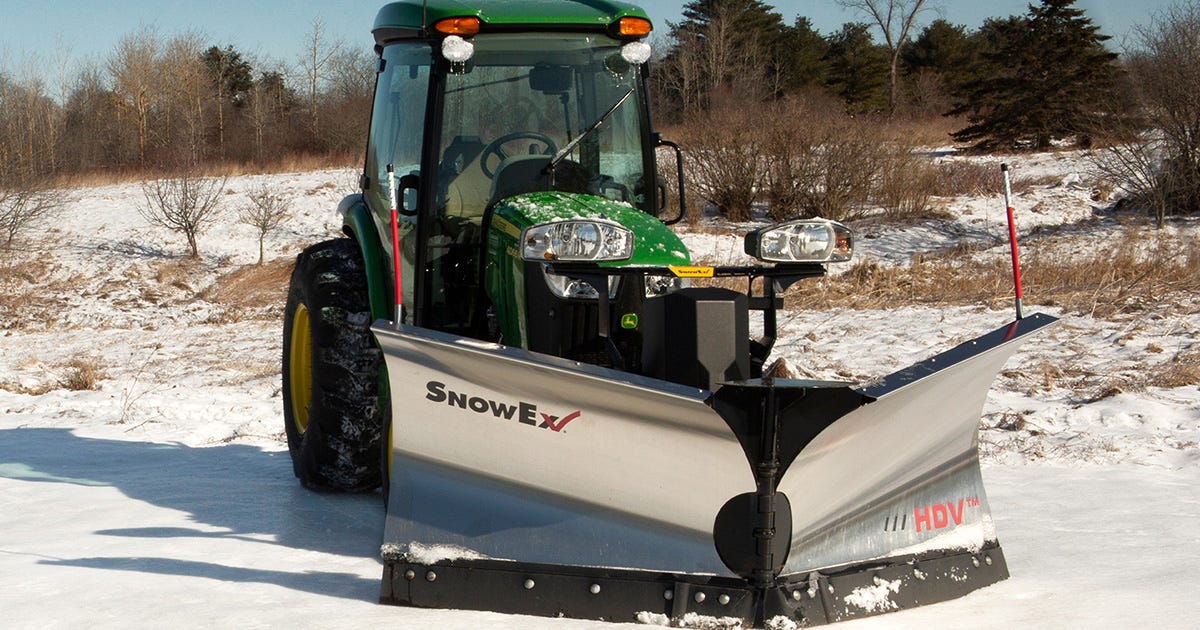
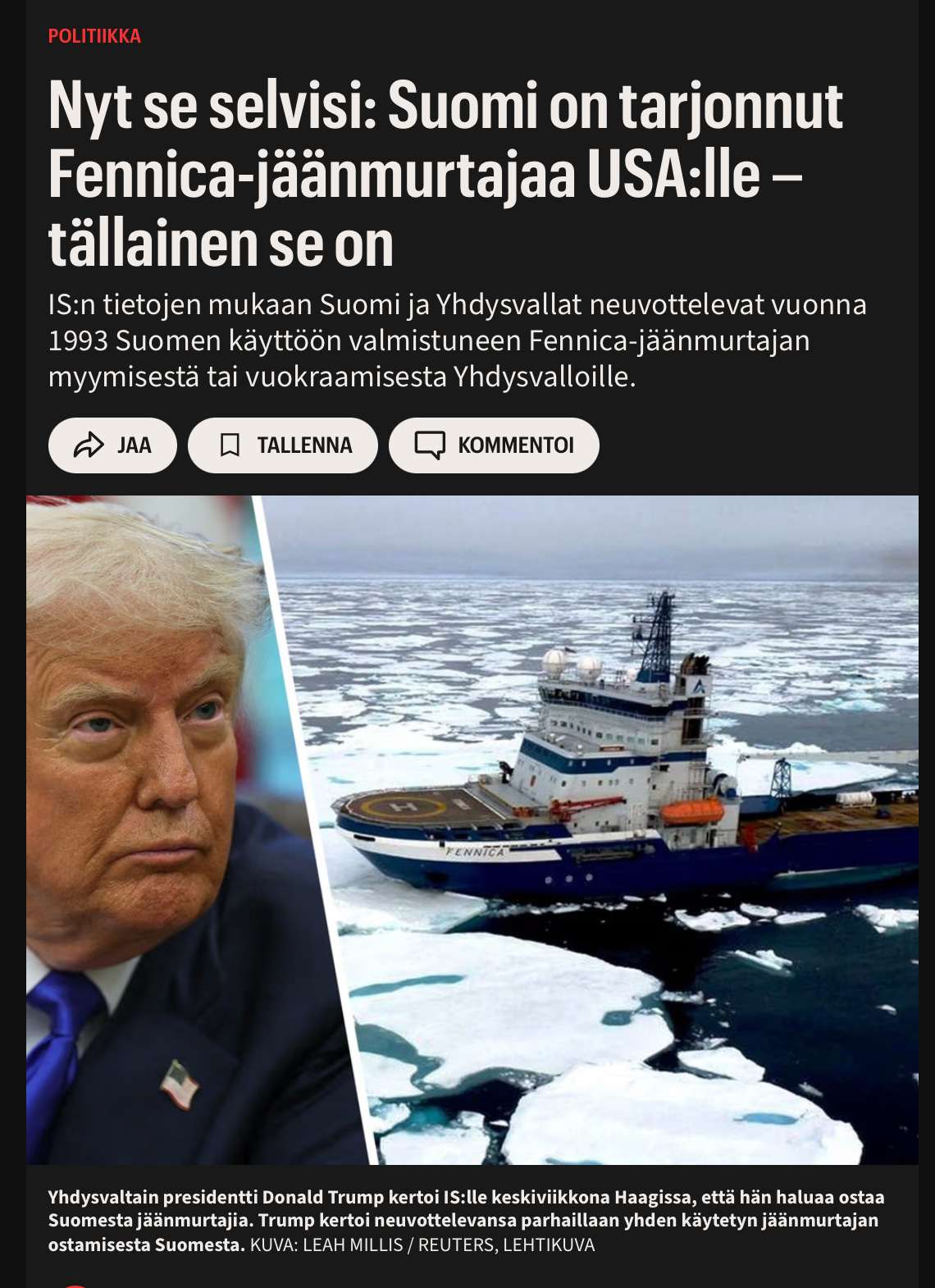
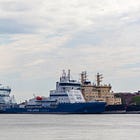
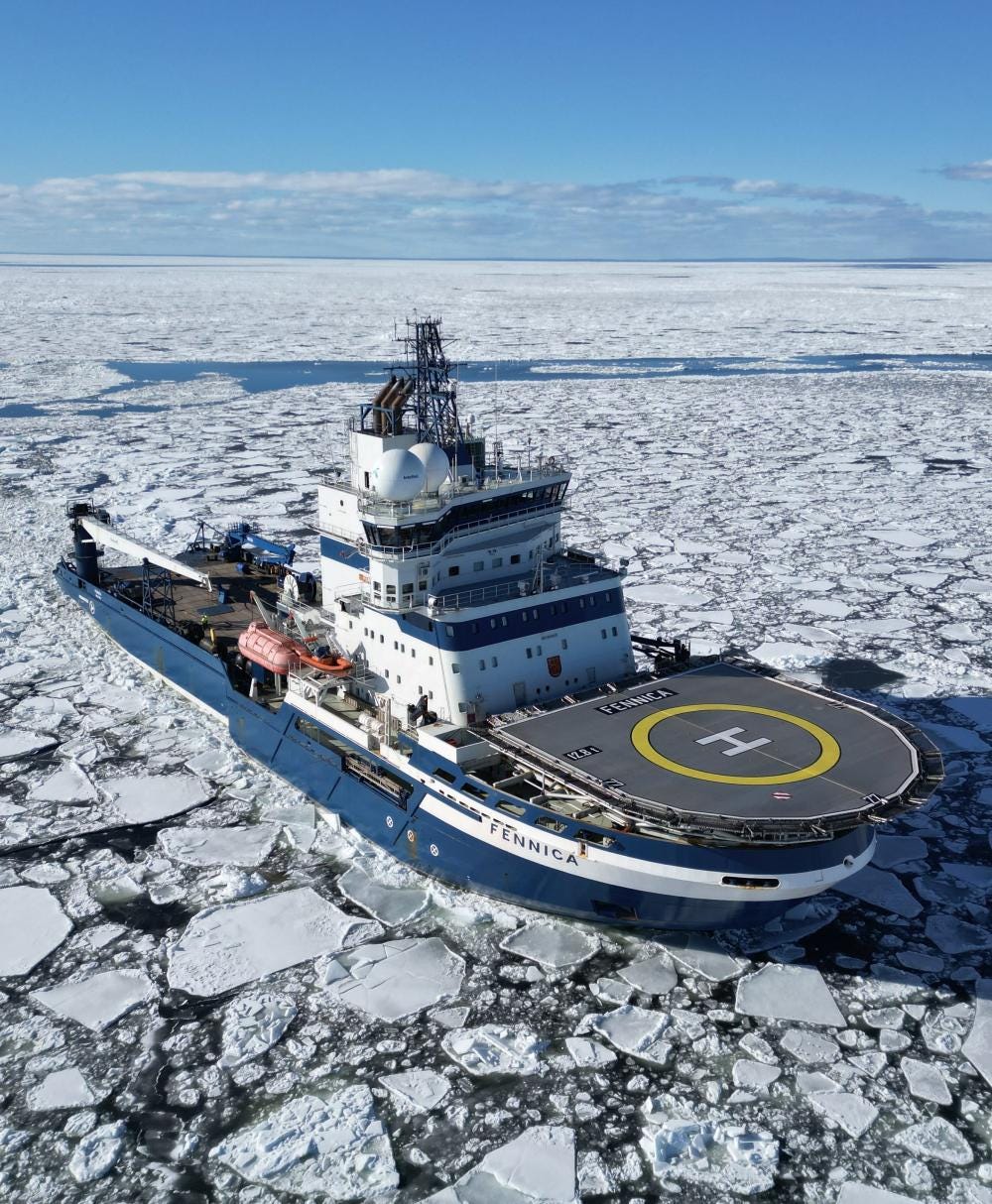
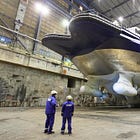
Imperial politics are different. As new members of NATO shall discover… to their regret.